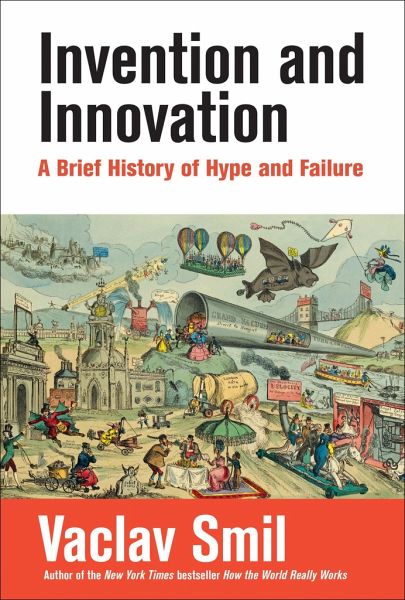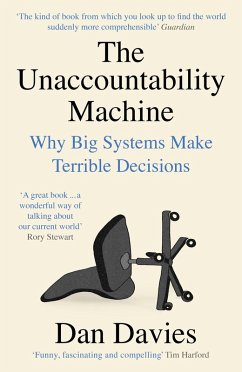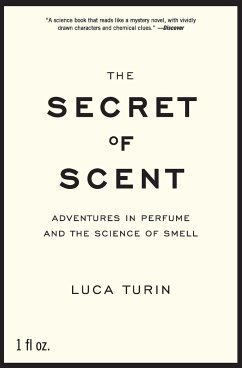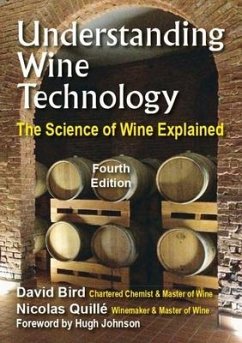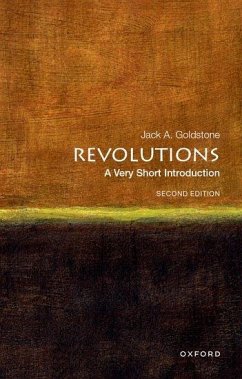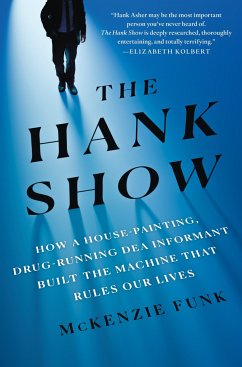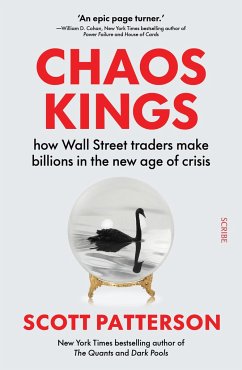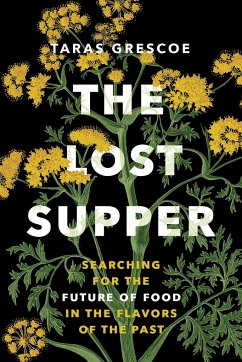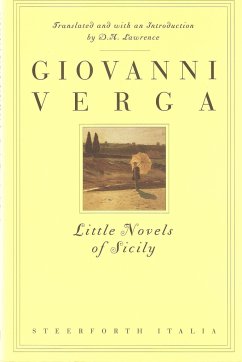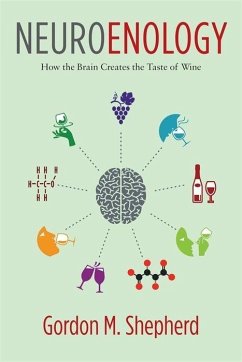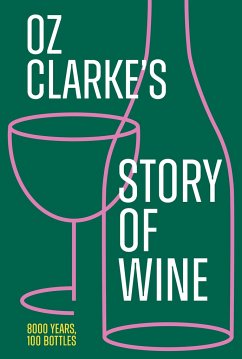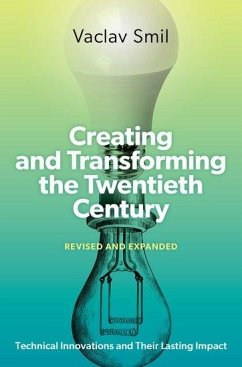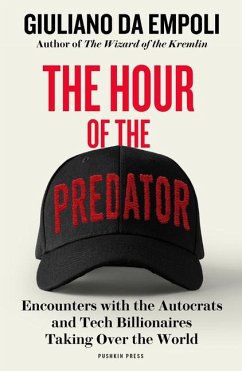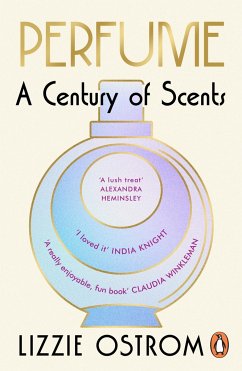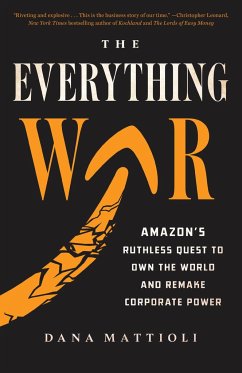Versandkostenfrei!
Sofort lieferbar
Weitere Ausgaben:

PAYBACK Punkte
6 °P sammeln!





From the New York Times-bestselling author, a new volume on the history of human ingenuity and its attendant breakthroughs and busts.
Vaclav Smil
Produktdetails
- Verlag: MIT Press Ltd
- Seitenzahl: 219
- Erscheinungstermin: 3. September 2024
- Englisch
- Abmessung: 219mm x 142mm x 15mm
- Gewicht: 312g
- ISBN-13: 9780262551014
- ISBN-10: 0262551012
- Artikelnr.: 70676799
Herstellerkennzeichnung
Libri GmbH
Europaallee 1
36244 Bad Hersfeld
gpsr@libri.de
Included in BILL GATES's 2023 Holiday Reading List
Included in Lit Hub s Most Anticipated Books of 2023
Included in The Next Big Idea Club s February 2023 Must-Read Books
"Every Smil book that I own is marked up with lots of notes that I take while reading. Invention and Innovation is no exception. Even when I disagree with him, I learn a lot from him...he always strengthens my thinking."
Bill Gates, Gates Notes
"In what is essentially a history of invention (and therefore, in many ways, a history of civilization) Smil reminds us that human beings tend to fail a lot more than they succeed. And yet we are forever striving after better ways to do things, straining toward some perfectible
Included in Lit Hub s Most Anticipated Books of 2023
Included in The Next Big Idea Club s February 2023 Must-Read Books
"Every Smil book that I own is marked up with lots of notes that I take while reading. Invention and Innovation is no exception. Even when I disagree with him, I learn a lot from him...he always strengthens my thinking."
Bill Gates, Gates Notes
"In what is essentially a history of invention (and therefore, in many ways, a history of civilization) Smil reminds us that human beings tend to fail a lot more than they succeed. And yet we are forever striving after better ways to do things, straining toward some perfectible
Mehr anzeigen
society that no single generation will ever reach. Though Smil warns against our seemingly innate compulsion to overpromise, he also celebrates our capacity for collective innovation, and recognizes we re going to need a lot of good ideas to get us out of the 21st century."
Lit Hub
"Smil, the author of more than 40 books on scientific subjects and global matters, is always worth reading...An informative, entertaining package from a gifted, original thinker."
Kirkus Reviews
"Smil (How the World Really Works), a professor emeritus at the University of Manitoba, takes a thought-provoking look at what the long trajectory of inventions suggests about what to expect in the future...This is a solid corrective to the notion that human inventiveness can tackle any challenge."
Publishers Weekly
"While general usage tends to regard the terms invention and innovation as interchangeable synonyms, the eagle-eyed engineer will already be aware of the subtle but important difference between the two. While invention is focused on coming up with the ideas and discoveries in the first place, as Vaclav Smil says in his latest in a long line of highly readable analyses of the modern world."
E&T, Engineering & Technology
"As an environmentalist and energy writer, Vaclav Smil is well placed to analyse the impact of past and promised inventions and innovations. He distinguishes between these concepts: innovation, he says, involves mastering new materials, products, processes and ideas . He focuses engagingly on three types of failed invention: welcomed but then unwelcome (for example, leaded petrol and the pesticide DDT); over-hyped (such as nuclear fission and supersonic flight); and undelivered (including travel by vacuum tube and controlled nuclear fusion)."
Nature
"The prolific Smil (emer., Univ. of Manitoba), whose 40 published titles include Energy and Civilization and Global Catastrophes and Trends, examines the history of innovation failure since the 1860s. Briefly distinguishing between invention and innovation (an outcome), he sorts the latter into three categories: those that failed to dominate, those that were disastrous, and those still promised but yet to appear. Topical examples include fuel additives, nuclear energy, supersonic flight, hyperloop (vacuum tube) transport, and nitrogen-fixing cereals... Smil deftly supports his arguments with rich details and sobering statistics, calling for the need to improve the life of the world's population while avoiding impacts to the biosphere."
CHOICE
"Smil, put a sharp focus on the hype cycle that drives so many tech innovations, like AI and biotech. For one example, he turns his lens on the often-promised microreactor revolution in nuclear power, scoffing that as of yet no nation has announced any specific, detailed, and binding commitment to what would have to be a multidecadal program of reactor construction. In other words as we ve noted here in DFD, the future might be coming, but it s often hard to build."
Politico
Lit Hub
"Smil, the author of more than 40 books on scientific subjects and global matters, is always worth reading...An informative, entertaining package from a gifted, original thinker."
Kirkus Reviews
"Smil (How the World Really Works), a professor emeritus at the University of Manitoba, takes a thought-provoking look at what the long trajectory of inventions suggests about what to expect in the future...This is a solid corrective to the notion that human inventiveness can tackle any challenge."
Publishers Weekly
"While general usage tends to regard the terms invention and innovation as interchangeable synonyms, the eagle-eyed engineer will already be aware of the subtle but important difference between the two. While invention is focused on coming up with the ideas and discoveries in the first place, as Vaclav Smil says in his latest in a long line of highly readable analyses of the modern world."
E&T, Engineering & Technology
"As an environmentalist and energy writer, Vaclav Smil is well placed to analyse the impact of past and promised inventions and innovations. He distinguishes between these concepts: innovation, he says, involves mastering new materials, products, processes and ideas . He focuses engagingly on three types of failed invention: welcomed but then unwelcome (for example, leaded petrol and the pesticide DDT); over-hyped (such as nuclear fission and supersonic flight); and undelivered (including travel by vacuum tube and controlled nuclear fusion)."
Nature
"The prolific Smil (emer., Univ. of Manitoba), whose 40 published titles include Energy and Civilization and Global Catastrophes and Trends, examines the history of innovation failure since the 1860s. Briefly distinguishing between invention and innovation (an outcome), he sorts the latter into three categories: those that failed to dominate, those that were disastrous, and those still promised but yet to appear. Topical examples include fuel additives, nuclear energy, supersonic flight, hyperloop (vacuum tube) transport, and nitrogen-fixing cereals... Smil deftly supports his arguments with rich details and sobering statistics, calling for the need to improve the life of the world's population while avoiding impacts to the biosphere."
CHOICE
"Smil, put a sharp focus on the hype cycle that drives so many tech innovations, like AI and biotech. For one example, he turns his lens on the often-promised microreactor revolution in nuclear power, scoffing that as of yet no nation has announced any specific, detailed, and binding commitment to what would have to be a multidecadal program of reactor construction. In other words as we ve noted here in DFD, the future might be coming, but it s often hard to build."
Politico
Schließen
Für dieses Produkt wurde noch keine Bewertung abgegeben. Wir würden uns sehr freuen, wenn du die erste Bewertung schreibst!
Eine Bewertung schreiben
Eine Bewertung schreiben
Andere Kunden interessierten sich für



